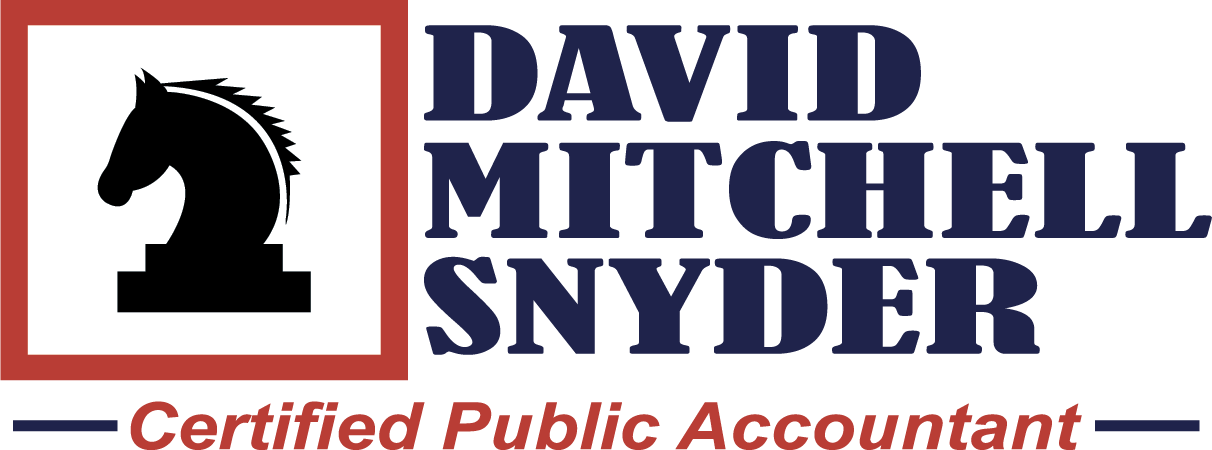The Live-In Flip – Generating Tax Free Income

The Live-In Flip – Generating Tax Free Income
Gain Exclusion
Section 121 – Up to $250,000 in gain on the sale of your primary residence may be excluded from your taxable income. Double that exclusion amount to $500,000 for married couples filing jointly.
First you must meet the ownership test. You will meet the ownership test if you own the home for at least two of the five years preceding the home sale.
Second you must meet the residence test. You will meet the residency test if the home qualifies as your primary residence for two of the past five years from the date of the sale.
If you own more than one home, you must be very careful that the home qualifies as your primary residence for a full two-year period. One indication that a home is your primary residence is that you spend most of your time in it compared to other homes you may own. Other indications that a home is your primary residence is that it is near where you work, bank, the clubs you belong to, and family members live in it. The IRS looks for your main residence address to be 1) your U.S. Postal service address, 2) the address on your voter registration card, 3) the address on your tax returns, 4) the address on your driver’s licenses and car registration.
I find it interesting that the two above tests are independent of each other and do not have to correspond to the same time period. For example, you could rent the home from someone and live in the home for two years before you bought it. Then as soon as you purchased the home you could move out and rent it to someone else. If you owned the home for two years before you sold it, the home would qualify as a sale of your primary residence. You owned the home for two years – Ownership Test and lived in the home for two years – Residency Test. So even though you never lived in the home while you owned it, the home still qualifies for the section 121 exclusion!
Flip
Regardless of when you meet the two previous tests, the live-in flip works best when you purchase an undervalued home that needs work. You renovate, repair and improve prior to selling the home. All the work you do to the home should be with an eye towards increasing your selling price above your costs.
Once you have met both the ownership and residence tests and have renovated the home, it’s time to sell if the market is good. Any gain would qualify for the exclusion giving you tax free income. If the market isn’t good for sellers, you can rent it out for up to three years before you would lose the gain exclusion opportunity. At any point in time, you could have two residences qualified for the exclusion and be working on the third. In any five-year period, you could have two homes with two years of ownership and residency and have a third home that has one year of both.
If you rented the home out and later sold it at a gain, you would have some depreciation recapture taxed at no more than 25%. The depreciation would be a tax deduction benefitting you when you rented the home out while waiting to sell when the market improved.
The live-in flip isn’t for everyone. But for those adventurous soles who can improve property by their own labors, it can be a very nice addition to your income without costing you a dime in tax. Remember you can only use the Section 121 exclusion one time in every two-year period.
